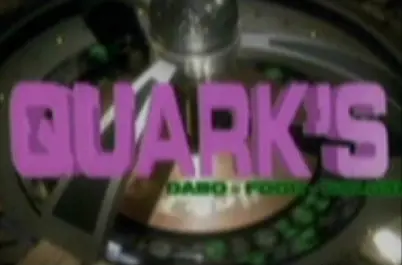

I think it’s less “I’m not the target audience” and more if you’re going to do a Star Trek [insert genre/target audience] show, do it right.
It’s certainly possible to create an intelligent pre-school show that isn’t painful for adults to watch. Take Bluey, for instance. Toddlers love that show, but it also has a cult following among the adults that watch it with their kids, and the style doesn’t look like every single other kids television series on the air.
In comparison, Scouts has a cheap-looking generic style I’ve seen before, and the plots we’ve seem are absolutely brain-dead and superficial. Sure, maybe we don’t need the kids to talk at length about the subspace plasma inverter matrix manifolds or whatever, but that doesn’t mean the show can’t be more than just bright colors and barely coherent plots. It just doesn’t do any justice whatsoever to what Star Trek is.


This should just be working if it’s standard USB audio; I’d recommend just researching issues with USB headphones in general. Maybe also try another cable.
If nothing works, it looks like you can use a double 3.5mm cable on this model, which pretty much every large retailer with an electronics section should have.